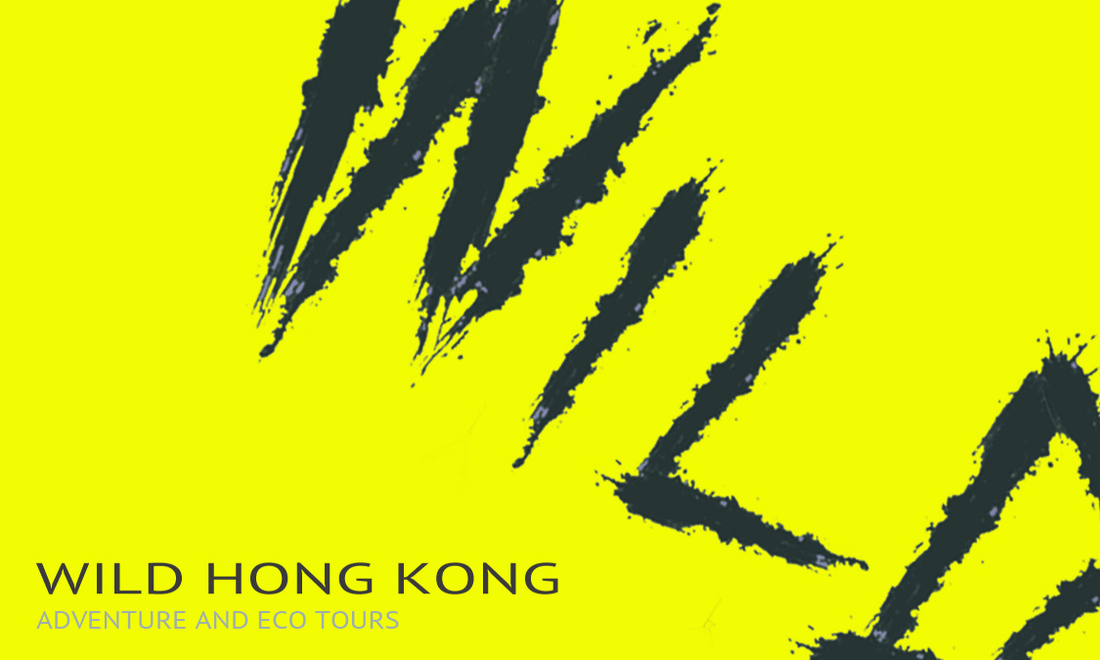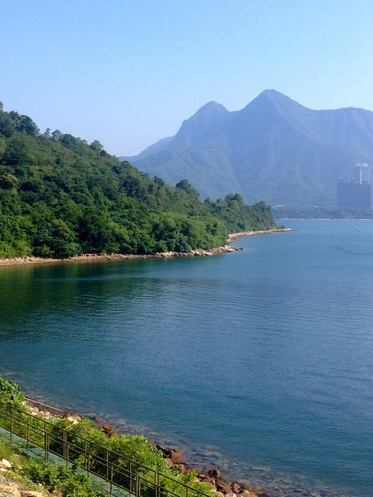
Getting to the start point can take a little time from HK Island and Kowloon, but it is a relatively hassle free trip. Having reached Tai Po Market via MTR, you can either catch the 20C minibus, 75K KMB bus or alternatively grab a cab for around $70 to reach Tai Mei Tuk. Before you shoot off, a quick stop for a bite to eat and stocking up on refreshments in Tai Mei Tuk could be a good idea as there are no facilities out on the trail.
Once refreshed and all set to go, make your way towards the water sports center and continue up the small road until you reach the lake. Greeted by the sight of the dramatic 2-kilometer long dam wall, Plover Cove Reservoir is a very impressive structure. The world’s first ‘at sea level’ fresh water reservoir, construction on Plover Cove Reservoir began back in 1960 amid disputes with China over Hong Kong’s water supply.
Walking the dam wall is often a relaxing experience; one of solitude and tranquillity as you emerge into the open spaces and dazzling waters of Tolo Harbour. On a weekday or public holiday, the promenade is abuzz with folk enjoying the outdoors in many fun ways; whether it is windsurfing and kite surfing out on the water, or casting a line from sure in the hope of landing fish. Watch out for manic cyclists and kite flyers too! Once at the far end of the dam wall you will meet a small island in the middle of the harbour, turn left and continue through the gate.
Once on the other side of this obstacle, you leave the cyclists and most others behind and start to venture into the heart of the route. Keeping the calm turquoise waters of the reservoir on your left and the darker more rugged seas on your right, the road twists and turns its way around scenic nooks before traversing a few smaller concrete dams. After this the hiking trail begins in earnest, rising and dropping many a time of small hills, every one more dramatic than the last. From here on in, it is really left to your discretion how far you wish to venture before turning back.
For the more intrepid types who wish to do the entire circuit around Plover Cove Reservoir or venture towards Double Heaven, the trail over the hills to Wu Kau Tang or Double Heaven, will take a long full day of hiking to achieve this. However, it is a very fulfilling one for those who are up for the challenge. The approaching winter months do lend themselves more to undertaking such distances, but make sure you are thoroughly prepared! I would recommend beginning at Wu Kau Tang instead of Tai Mei Tuk. There is an infrequent, but reliable minibus service (20R) running there from Tai Po Market MTR. This way, if you are circumnavigating the lake, it is nice to finish at Tai Mei Tuk where there are plenty of amenities and transport options. From Tai Mei Tuk, one can return to Tai Po and the rest of HK more or less the same way they entered.
Overall, this is an adventure for all. A safe and pleasant excursion catering to the needs of families, yet one that is engaging and flexible enough to challenge the most intrepid outdoor adventurers in HK. These approaching winter months are ideal for such activities, so there is no better time get out and explore the open spaces in this stunning part of the territory.


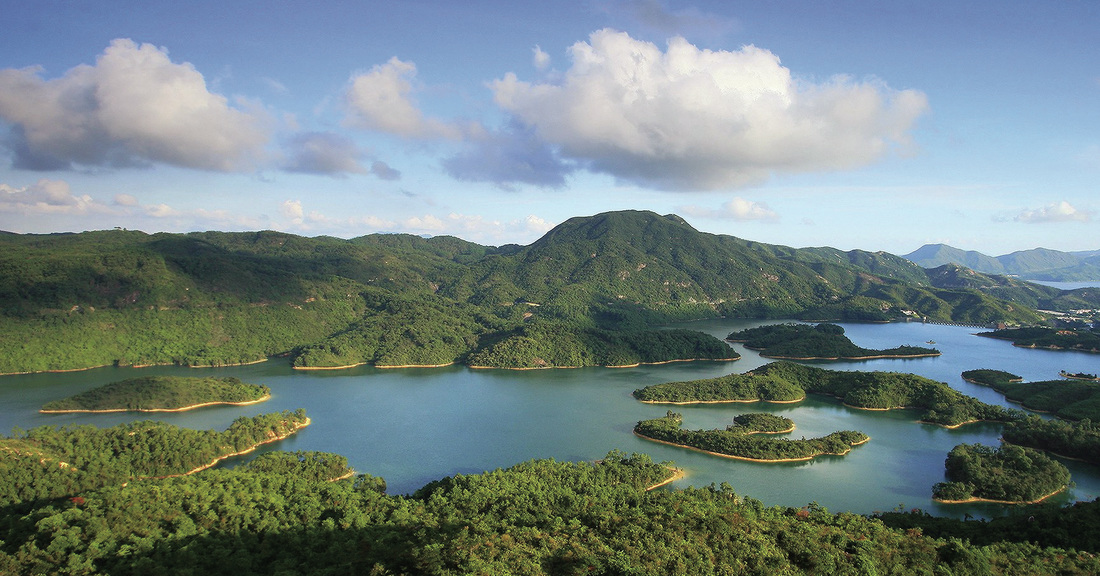
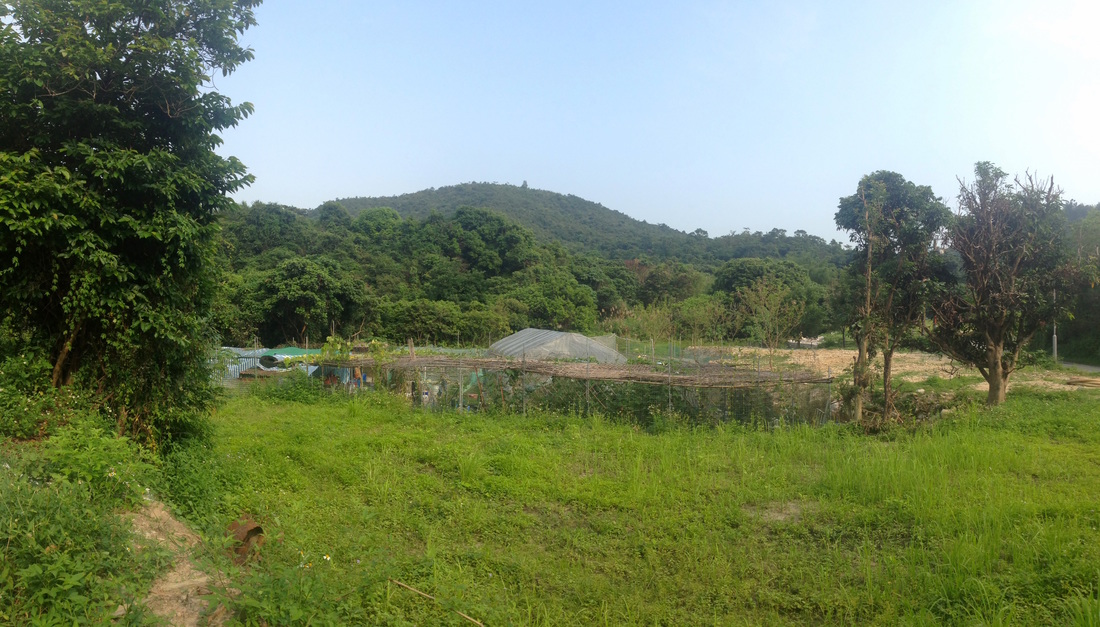

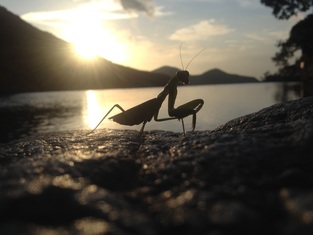

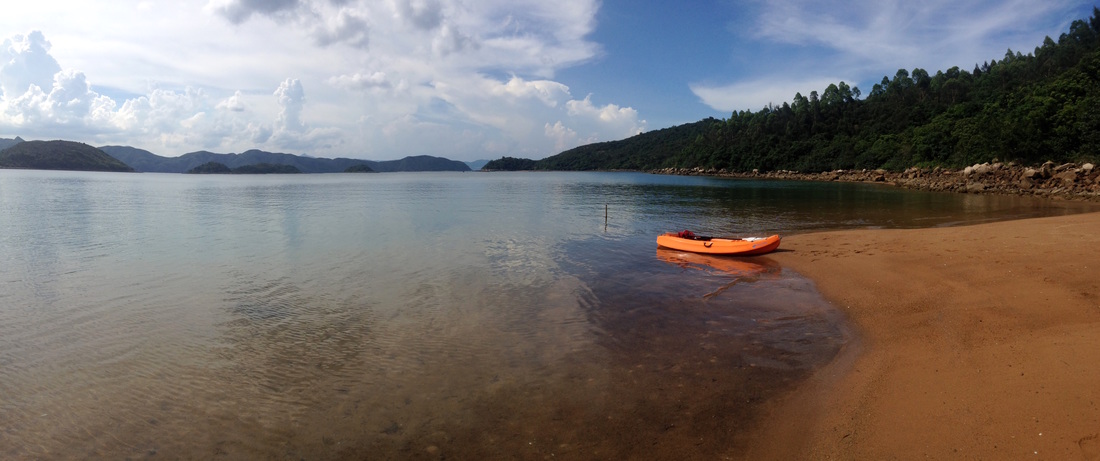
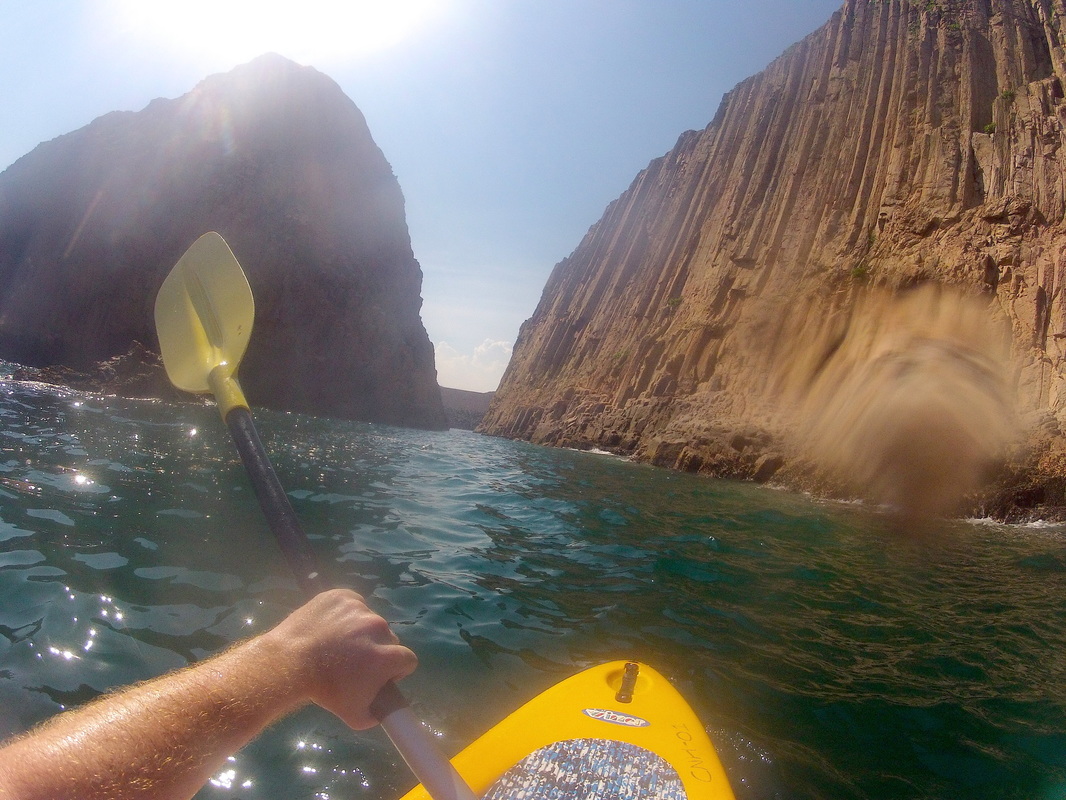
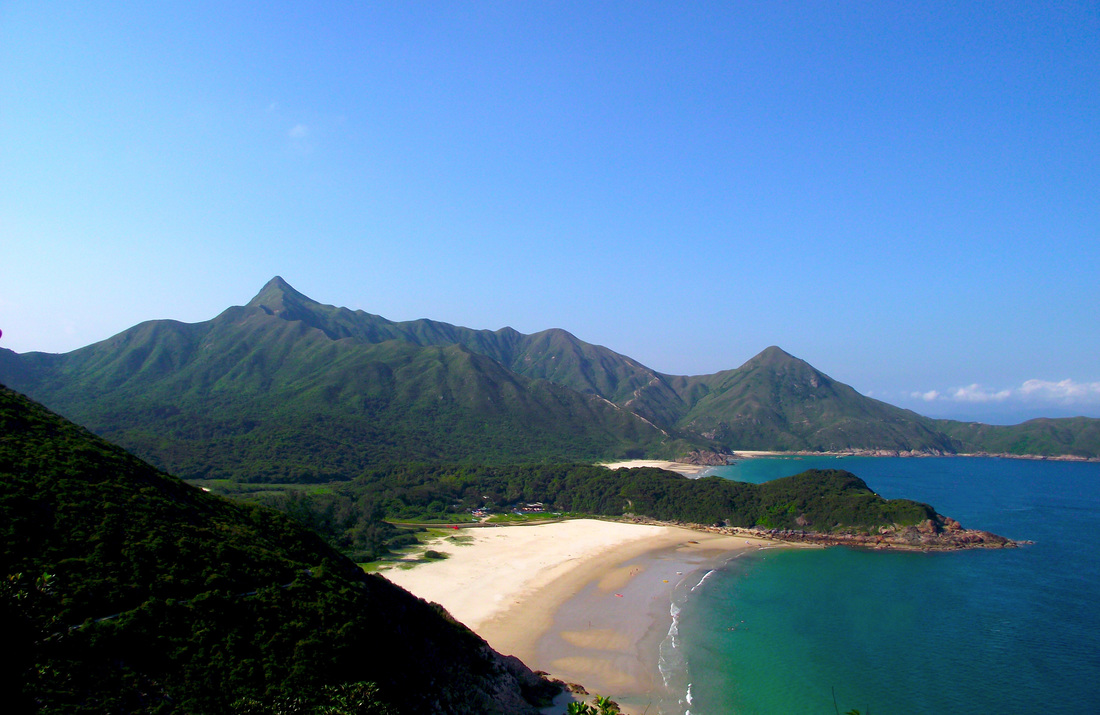

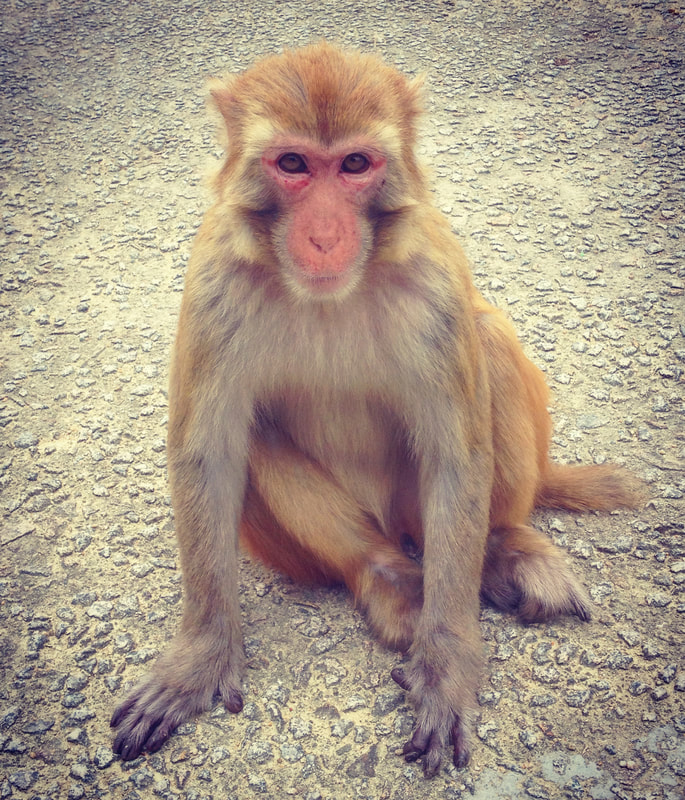
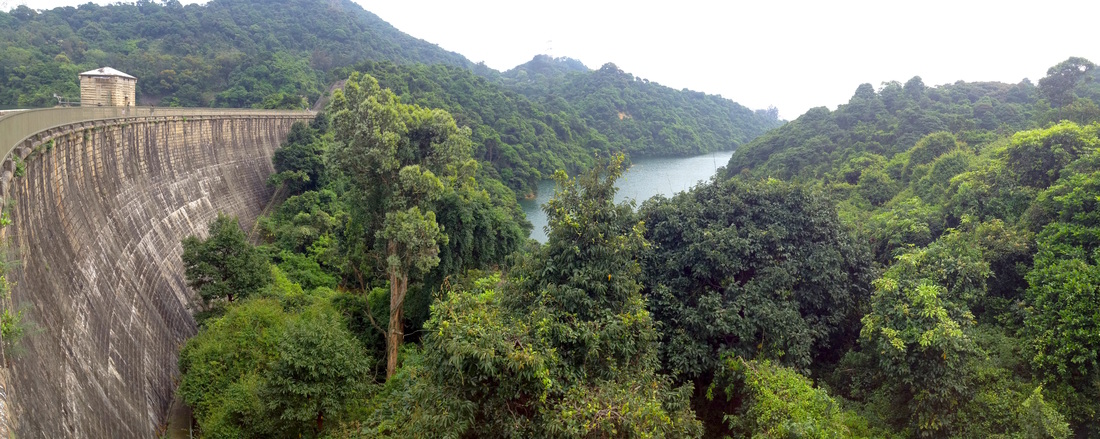
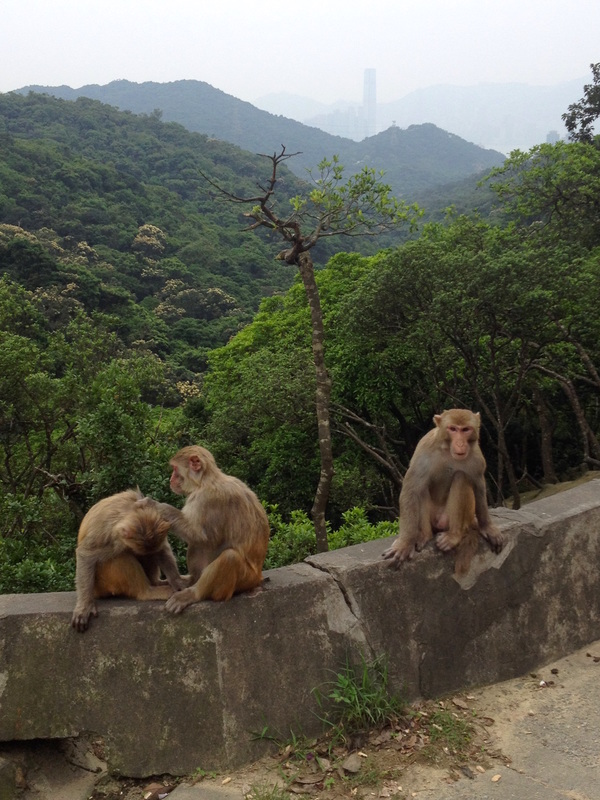
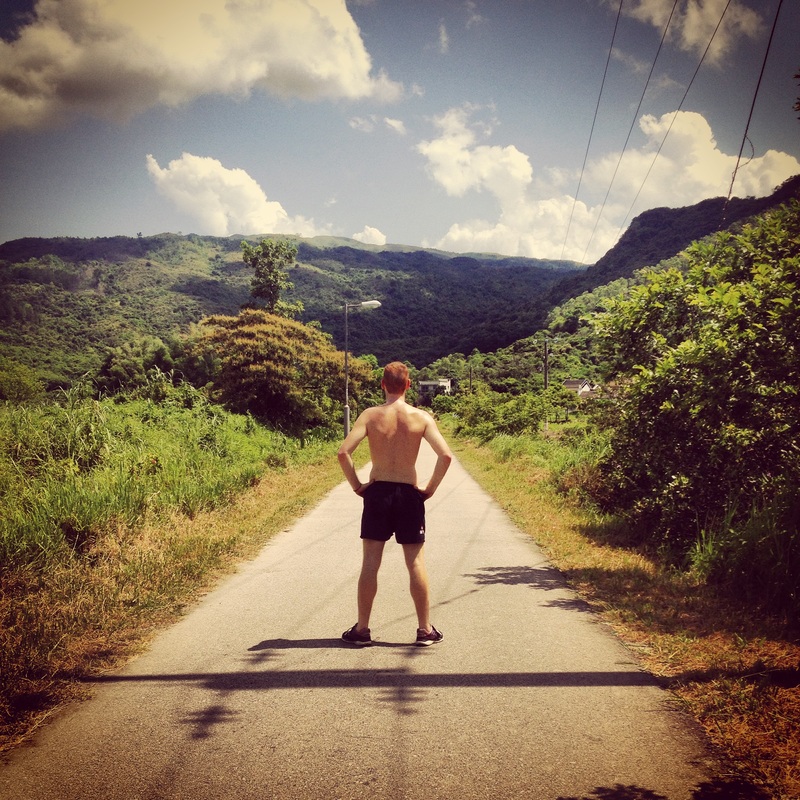
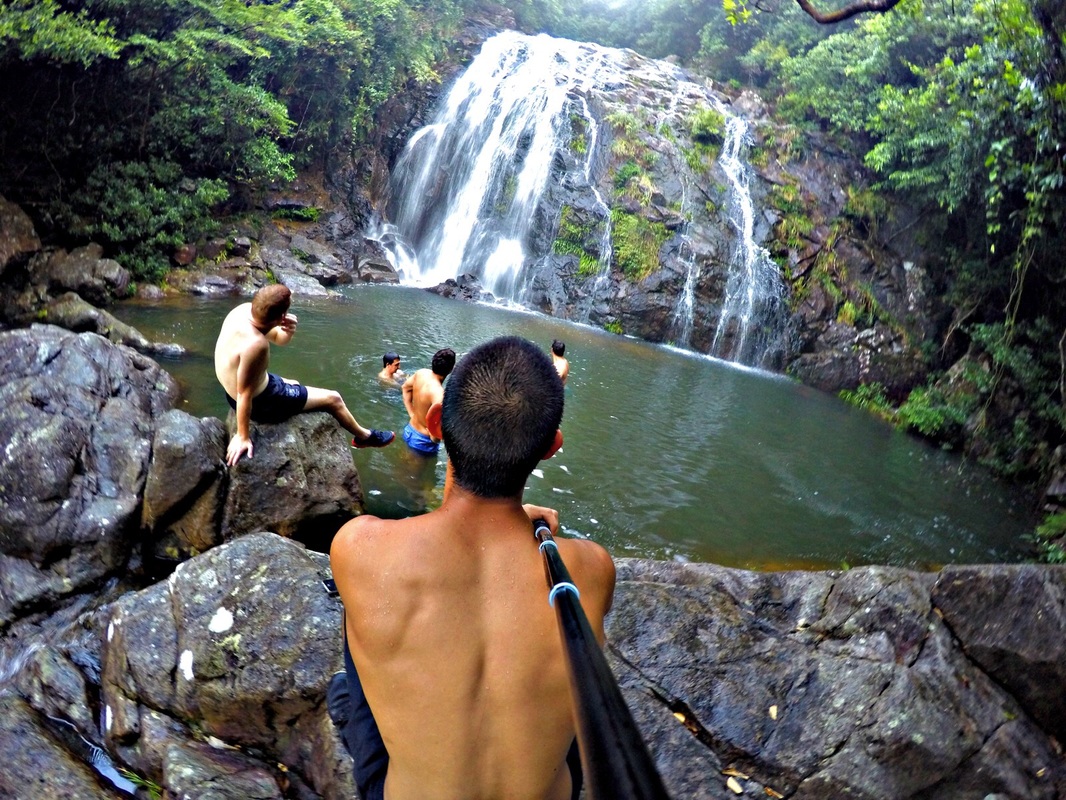
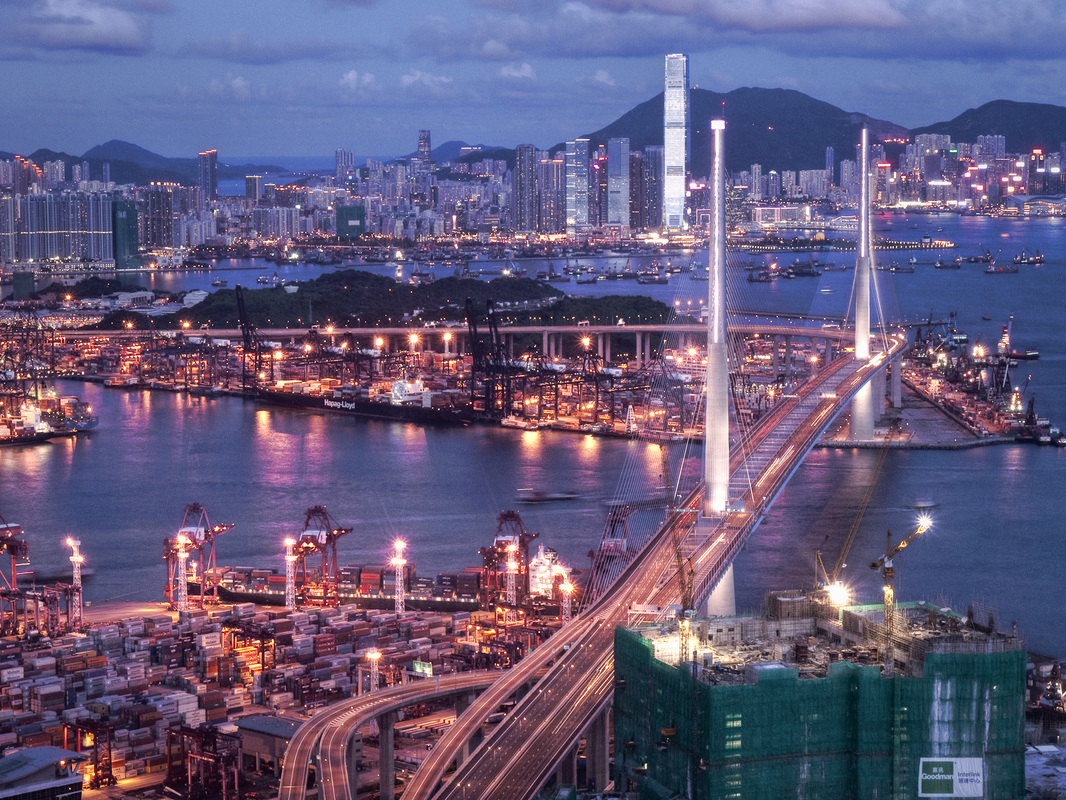
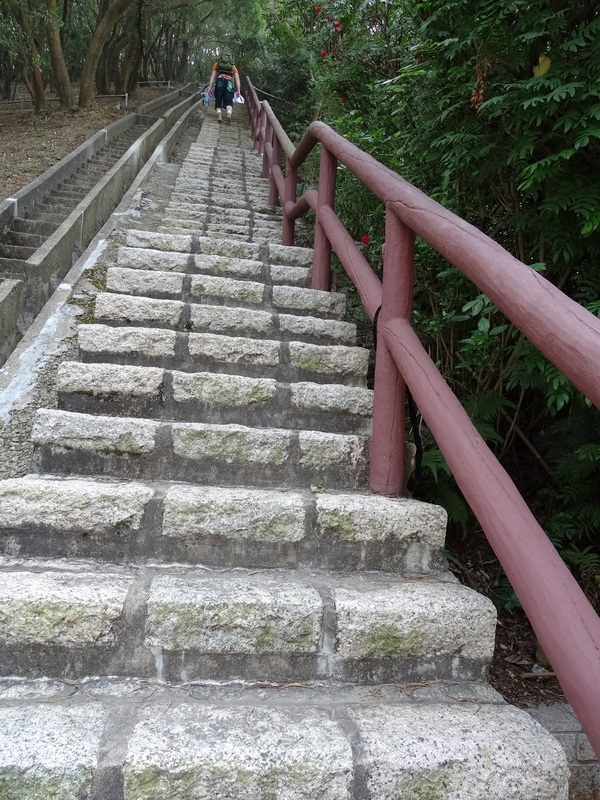
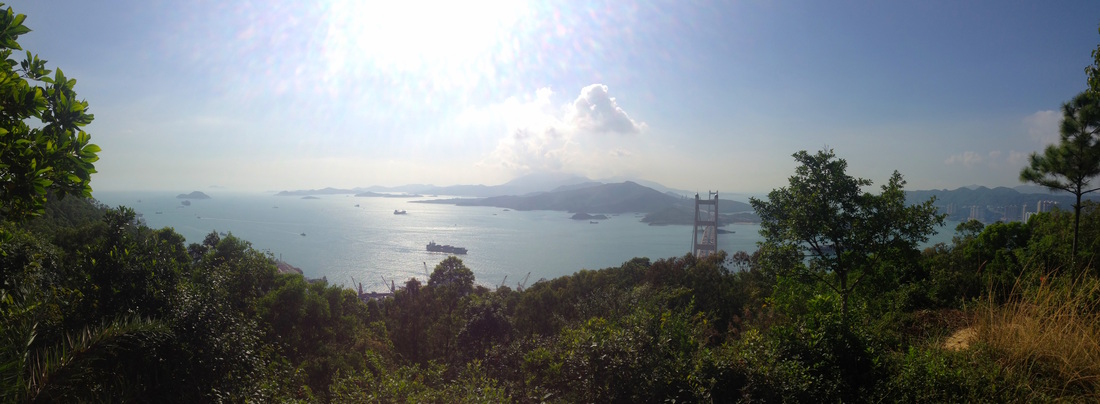
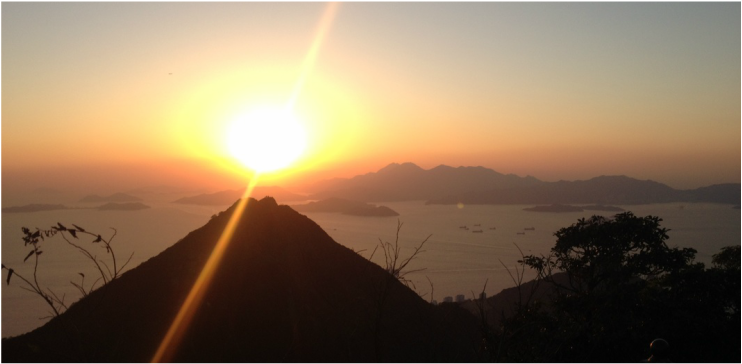
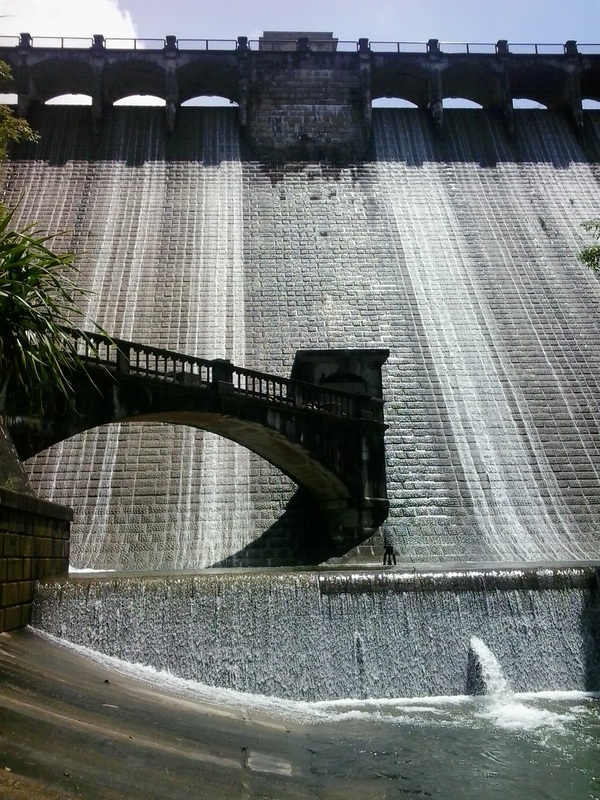
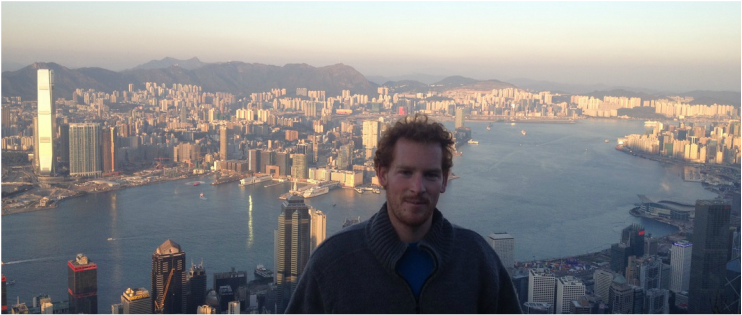
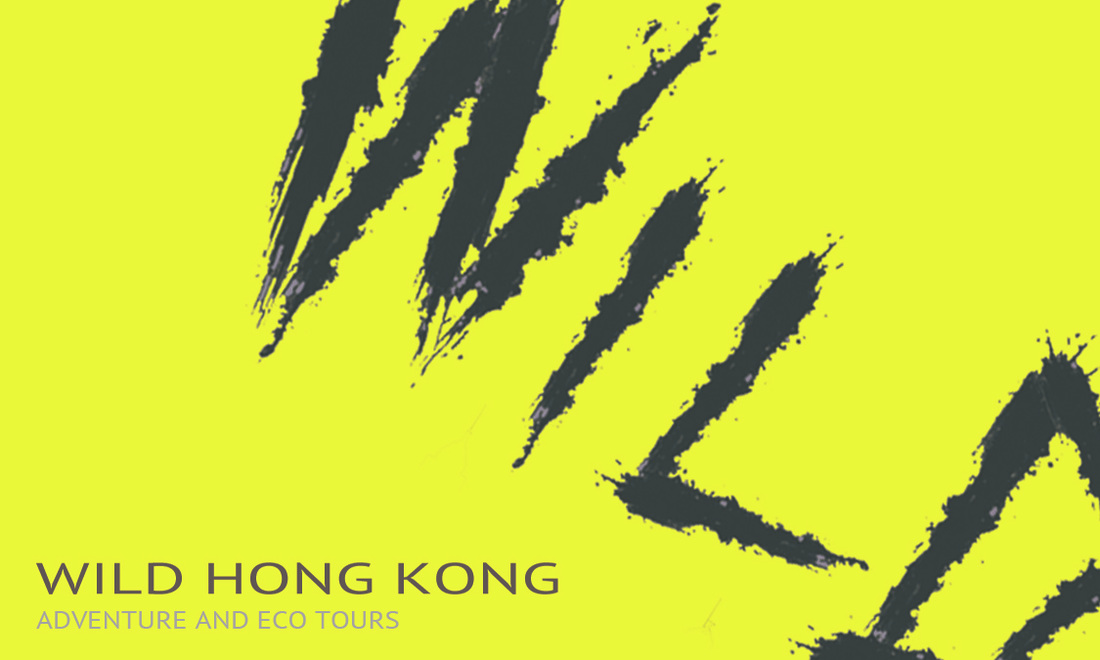
 RSS Feed
RSS Feed

